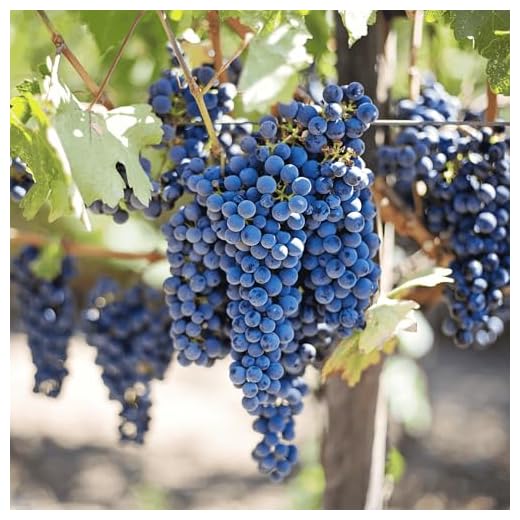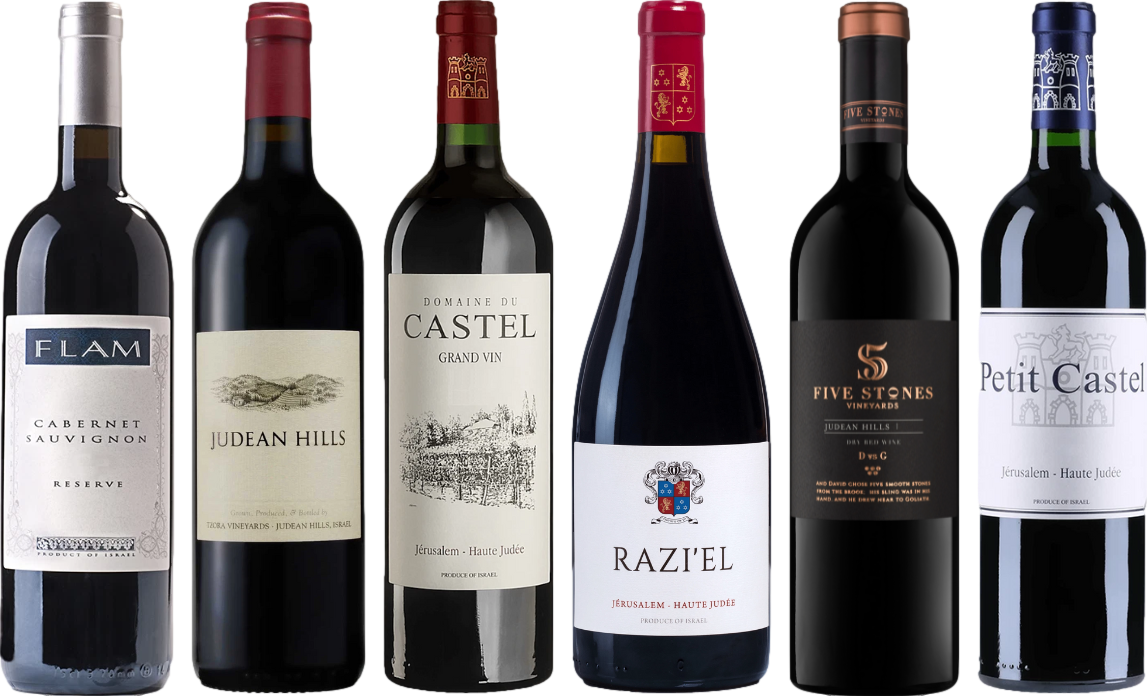



A standard serving of a typical fermented grape beverage, specifically around 175 milliliters, contains approximately 125 to 130 units of energy. This figure may vary slightly depending on the specific varietal and production methods.
For those mindful of their dietary intake, it’s essential to consider that this amount contributes to daily energy consumption. Enjoying this beverage in moderation can be part of a balanced lifestyle. Pairing it with food can enhance the tasting experience and potentially mitigate the effects of alcohol absorption.
When selecting a bottle, take note of the alcohol by volume (ABV) percentage. Generally, options with a higher ABV may present a slightly elevated energy count. If you’re looking to enjoy this delightful drink without overindulging, consider measuring your portions carefully and savoring the flavors thoughtfully.
Calories in a Standard Serving of Red Wine
A typical serving of this beverage, measuring 5 ounces, contains approximately 125 to 130 units of energy. When you increase the portion to 6 ounces, the total energy intake rises to around 150 units. Factors such as alcohol content and residual sugars influence this number. On average, sweeter varieties tend to have a higher energy count due to their sugar content, while drier options generally contain fewer.
Factors Affecting Energy Content
The variety and production method play significant roles in determining the energy content. For example, full-bodied options like Cabernet Sauvignon may yield a different energy profile compared to lighter styles like Pinot Noir. Additionally, serving temperature can enhance the perception of sweetness, potentially affecting how one estimates the energy density of what they are enjoying.
Practical Tips for Enjoying Responsibly
If you’re monitoring your intake, consider pouring slightly less than the standard serving size. Pairing with food can also help balance the overall consumption of energy. Opt for dishes that complement the characteristics of the beverage, elevating both the meal and the experience while keeping the overall intake in check.
Caloric Content of Different Red Wine Varieties
Cabernet Sauvignon typically contains around 125-130 units per serving, while Merlot can range from 120 to 125. Pinot Noir is often lighter, averaging 120 units, making it a preferred option for those monitoring intake. Zinfandel tends to be slightly higher, usually around 130-140 units.
For those who enjoy sweeter styles, such as Lambrusco, expect a higher range of approximately 145 units. Conversely, dry varieties like Syrah may hover around 125. Understanding these variations helps in making informed choices during meals or social gatherings.
When selecting a bottle, consider the style and sweetness level, as these factors significantly influence the unit count. For instance, lighter reds generally pair well with lighter dishes, while fuller-bodied options complement hearty meals. This awareness enhances the overall dining experience while keeping intake in check.
Factors Influencing Caloric Count in Wine
The type of grape plays a significant role in determining the energy content of the beverage. Varieties with higher sugar levels, such as Zinfandel or Merlot, contribute to a greater energy density. Conversely, drier options like Cabernet Sauvignon often exhibit lower sugar content, leading to fewer energy units per serving.
Fermentation Process
The fermentation method also affects the final product’s energy profile. Extended fermentation can lead to higher alcohol levels, which contributes more energy. Additionally, the presence of residual sugars post-fermentation can also increase the total energy count. Understanding the fermentation nuances can help guide choices based on desired energy intake.
Serving Temperature
Serving temperature can influence perception and enjoyment but doesn’t change the actual energy content. However, cooler temperatures may mask sweetness, affecting how we perceive the richness and fullness of flavors, leading to different drinking experiences. It’s important to consider personal preferences when selecting the optimal serving temperature for enjoyment without focusing solely on energy value.
Comparing Beverage Calories to Other Alcoholic Beverages
For those mindful of their intake, an average serving of this classic fermented drink generally contains around 125-150 units of energy. In comparison, several other popular spirits and liquors have varying energy contents:
- Light Beer: Approximately 90-110 units per 12 oz serving.
- Regular Beer: Ranges from 150-200 units per 12 oz serving.
- Spirits (e.g., vodka, gin, rum): About 97 units per 1.5 oz shot, excluding mixers.
- Sweetened Cocktails: Can exceed 300 units per serving, depending on ingredients.
When considering these options, it’s clear that the fermented beverage often provides a moderate energy profile compared to sweeter cocktails. For those seeking a balance, pairing with lighter fare can complement the experience while managing intake.
Additionally, opting for lower-calorie alternatives, such as dry varieties or sparkling options, can also help in maintaining a desirable energy count without sacrificing enjoyment. Awareness of serving sizes and choices can enhance your tasting experience while keeping your goals in sight.
Serving Size Impact on Caloric Intake
Understanding serving size is crucial for managing your dietary intake. Each type of beverage varies in volume and density, which directly influences the total energy content consumed.
Key Points to Consider
- Standard servings differ by type; for instance, a typical pour varies in ounces and therefore alters the energy profile.
- Alcohol concentration affects how much energy is present; higher ABV options typically contain more energy per ounce.
- Different varietals may have distinct characteristics, influencing how much of a specific type one might enjoy in a single sitting.
Practical Recommendations
- Measure your pours to gain better control over your energy intake.
- Opt for smaller servings if you’re trying to reduce your overall consumption while still enjoying various options.
- Consider pairing lighter beverages with food to balance out the experience without excessive energy intake.
By focusing on serving sizes and being mindful of what you’re pouring, you can enjoy your favorite beverages without compromising your dietary goals.
Tips for Moderating Caloric Consumption from Wine
Opt for smaller portions. Instead of serving a full pour, consider using a smaller glass. This simple adjustment can significantly reduce your total intake while still allowing you to enjoy the experience.
Choose lighter options. Wines with lower alcohol content typically contain fewer energy units. Seek out varieties that are known for their lower potency, as they can provide a satisfying taste without the excess.
Mindful Pairing
Select food that complements without overwhelming. Pairing with lighter dishes can enhance the flavor of your beverage while minimizing excess. Focus on fresh vegetables, lean proteins, and whole grains for a balanced dining experience.
Limit Frequency
Establish a routine. Designate specific days for enjoying your favorite vintages, creating a sense of anticipation and preventing overindulgence. This can help maintain a balanced lifestyle while still appreciating the finer things.
Health Considerations of Caloric Intake from Wine
Moderation is key when enjoying fermented grape beverages. Each serving contributes to daily energy consumption, impacting weight management and overall health. It’s crucial to be aware of how these drinks fit into dietary goals.
Impact on Weight Management
Excessive intake can lead to weight gain due to surplus energy. For those monitoring their body composition, tracking liquid calories alongside solid food is essential. Balancing your diet with plenty of fruits, vegetables, and whole grains can mitigate the impact of occasional indulgences.
Potential Health Benefits
In moderation, certain properties found in fermented grape beverages may support cardiovascular health. Antioxidants, such as resveratrol, are linked to positive effects on heart function. However, these benefits must be weighed against the energy contribution of each serving.
| Aspect | Consideration |
|---|---|
| Weight Gain | Excessive consumption leads to surplus energy intake. |
| Heart Health | May offer benefits when consumed in moderation. |
| Dietary Balance | Incorporate nutritious foods to offset energy from beverages. |
Incorporating a reliable tool like the best auto dslr camera app can help document your culinary pairings, ensuring you capture the essence of your experiences while remaining mindful of your nutritional goals.









